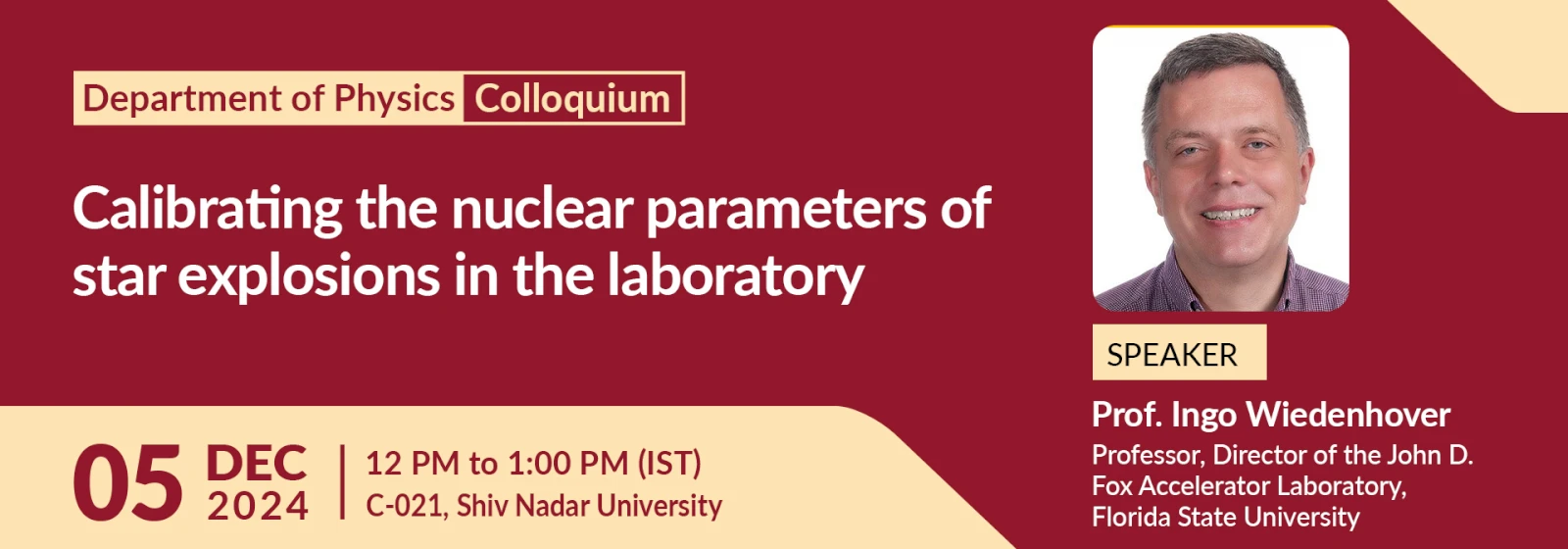Calibrating the nuclear parameters of star explosions in the laboratory
Abstract :
Nuclear astrophysics is a sub-discipline concerned with the processes determining stellar evolution, stellar explosions and the chemical evolution of the universe. Thermonuclear explosions, such as Type Ia supernovae, Novae and X-ray bursts allow to probe details of the astrophysical scenarios through detailed modeling – if the nuclear reaction rates are known. Key reactions determine the ignition point, the energy generation and the abundances of elements created. While some progress has been made, many key reactions involving radioactive isotopes are still unknown at the required energies. Even with the next generation of rare-isotope facilities, such as FRIB, these experiments will remain challenging. I will present examples of experiments and methods developed to overcome the particular difficulties, such as the ANASEN active-target detector, which has been used successfully at the John D. Fox Laboratory of Florida State University as well as TRIUMF in Canada and Michigan State University. In addition to these pioneering efforts, FSU has re-established the high-resolution Super-Enge Split Pole Spectrograph, or the Clarion-2 Gamma-spectroscopy array, which now allow to add indirect information aiding in the nuclear astrophysics research. FSU is a founding member of ARUNA, the Association for Research at University Nuclear Accelerators, which makes the case that extending the diversity of instruments and probes is vital to the health of the field of Nuclear Physics, in the USA and everywhere.
All are cordially invited.

Share this: